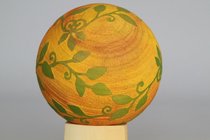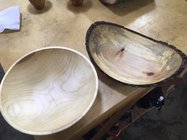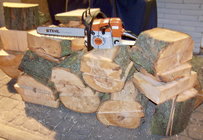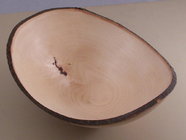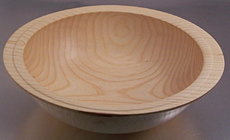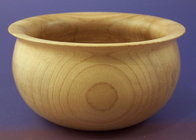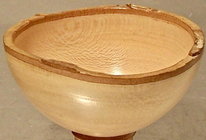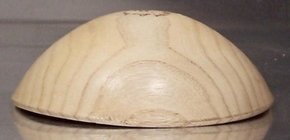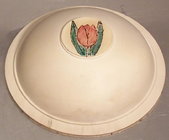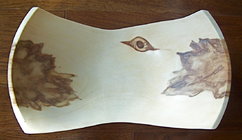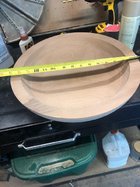Now you have me wondering if I could use the coloring he used on my bowl, realizing it is not quarter sawn but maybe the upper parts closer to the end grain would absorb more of the color at least on two sides inside and out, could possibly make an interesting bowl...what could I use to get that color?
I met Nick a few years ago when he demoed at the AAW. got to chat with him quite a bit at the last Florida Symposium after he had moved to Georgia. He has a nice studio and classroom.
chroma craft has a kit to do the sunset bowls bowls. Several other companies like Kingsport and Craft Supplies sell it
Viking Sunset Bowl™ Kit

www.chroma-craft.com
The yellow, orange, and red dyes are what you would be interested in. Also the acrylic lacquer.
Dyes are alchohol based. Similar to the chestnut stains I use.
Hope this helps more than confuses.
I’m now on really thin ice - I’ve seen Nick do this. Never done the sunset. Like his.
He uses an Airbrush to apply the dyes.
Put on three rings yellow in the center, orange, and red. The dyes blend on the wood.
The circles don’t need any uniformity. Wider orange at the bottom can be more sunsettish.
(You may be able to find an on line video of the sunset bowl)
You could practice this on any wood disc or even paper.
If you don’t have an airbrush. You can apply the dyes with a makeup sponge then spritz with Alchohol using any small pump spray bottle to get them to run together.
Also chromacraft sells the dyes in aerosol cans. Never tried these- seems hard to control the spray but the description says useful for shading like an airbrush.
This 4” ball has a “sunset and vine” theme. Transparent green airbrush the ball - lets the wood grain show in the leaves. Put on the resist of vines. Sandblast. Airbrush a few read streaks the airbrush yellow.
